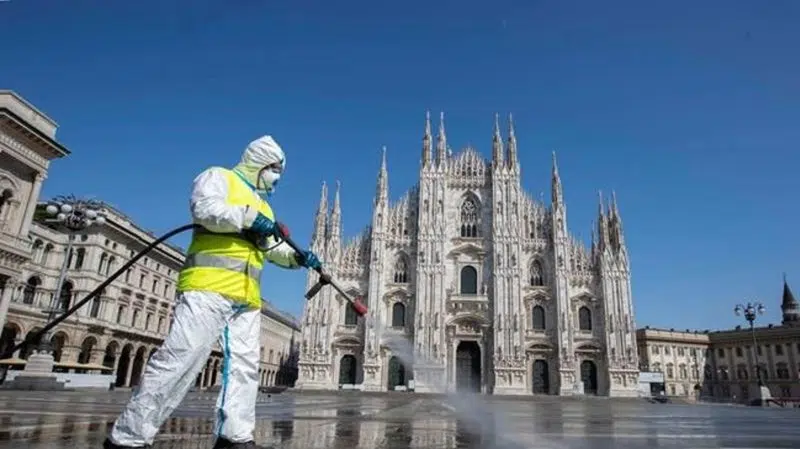
New York City deaths top 1,000 with worst to come
New York authorities rushed to bring in an army of medical volunteers Wednesday as the statewide death toll from the coronavirus surged past 1,900 and the wail of ambulances in the otherwise eerily quiet streets of the big city became the heartbreaking soundtrack of the crisis.
As hot spots flared around the country in places like New Orleans, Detroit and Southern California, New York City was the hardest hit of them all, accounting for the majority of the state’s deaths, with bodies loaded onto refrigerated morgue trucks by gurney and forklift outside overwhelmed hospitals, in some cases in full view of passing motorists. And the worst is yet to come.
“How does it end? And people want answers,” New York Gov. Andrew Cuomo said. “I want answers. The answer is nobody knows for sure.”
Across the U.S., Americans braced for what President Donald Trump warned could be “one of the roughest two or three weeks we’ve ever had in our country.” The White House projected 100,000 to 240,000 deaths in the U.S. before the outbreak is over.


